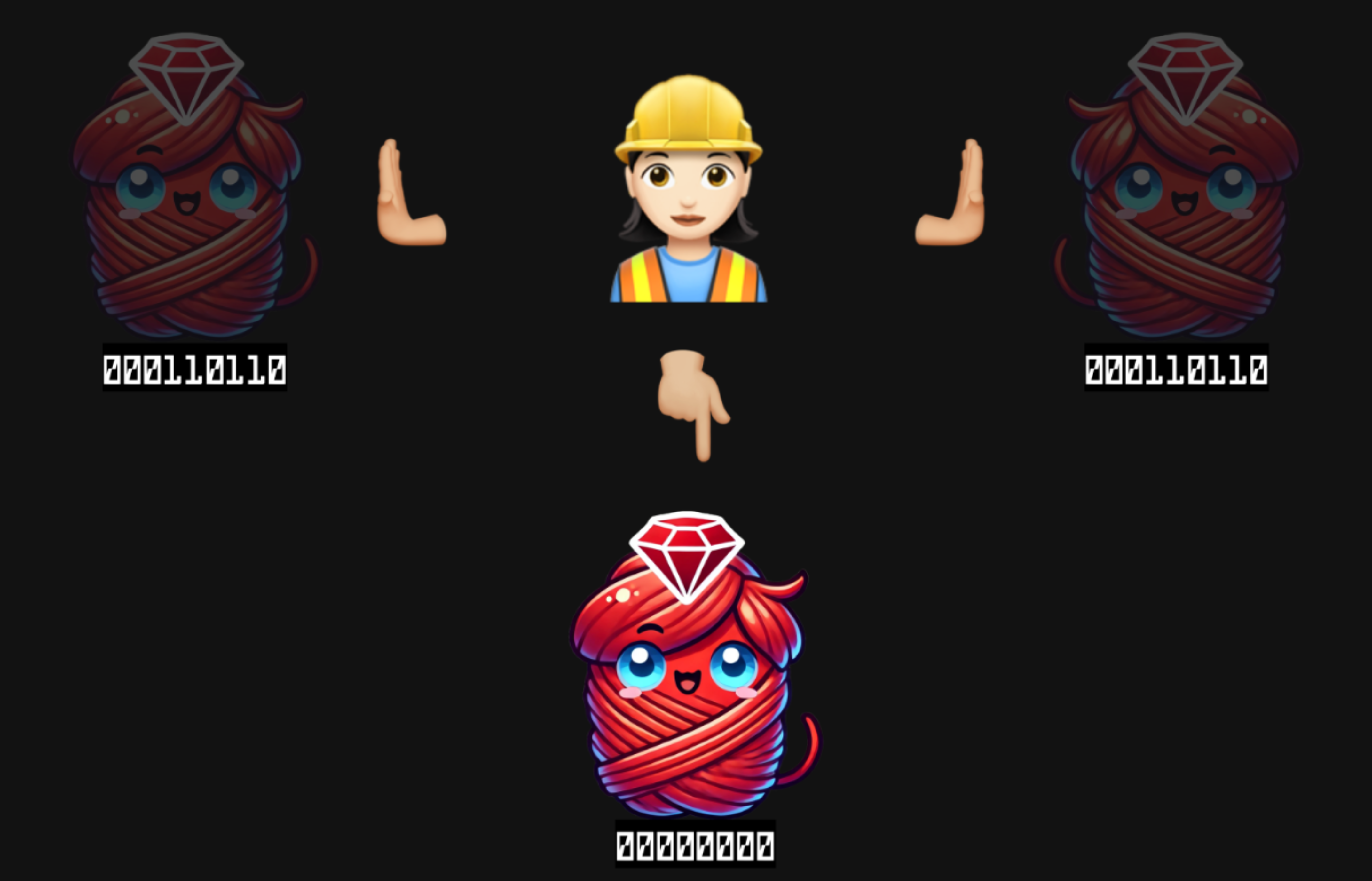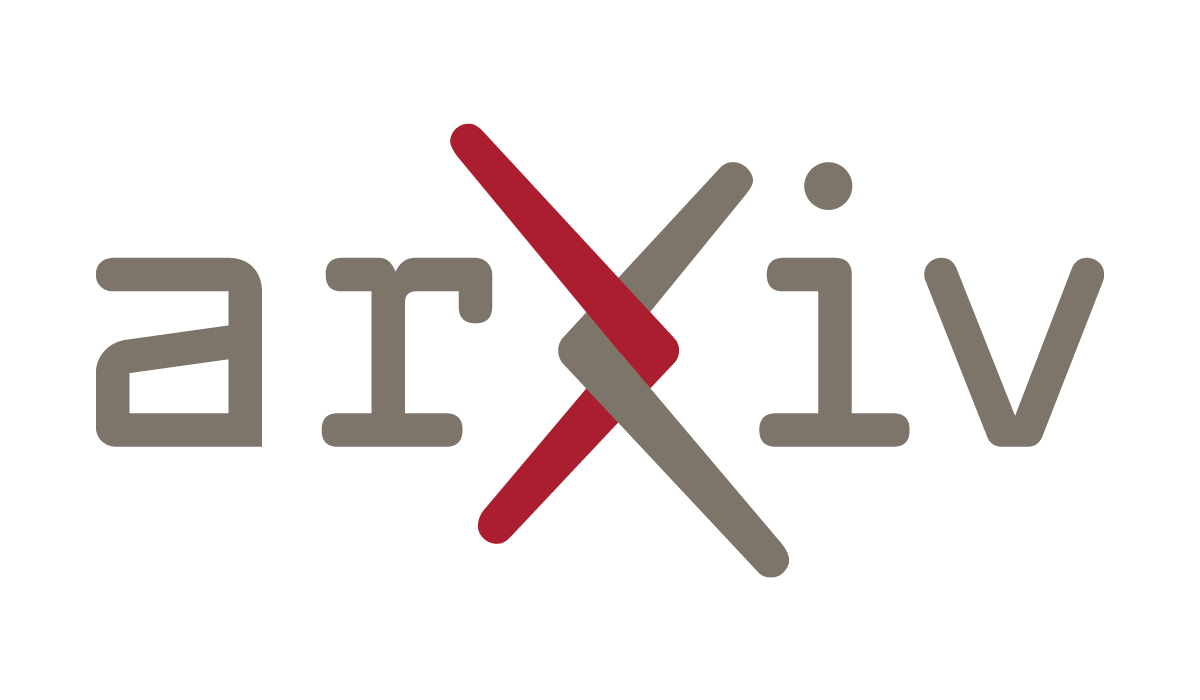Lately, Polars has become the hot topic in the Python data world. It’s fast, written in Rust, and seems to outperform Pandas in nearly every benchmark. Plenty of people have already declared it the “future of data analysis in Python.”
But speed alone isn’t the whole story. For most analysts and data engineers, Pandas still gets the job done without friction or rewrites. Switching tools just because something new appears faster can create more complexity than it solves.
Polars is optimized for big data. It performs best when you’re working with very large datasets, wide tables, or CPU-bound operations. But many analytical workflows deal with smaller, filtered data pulled from databases or warehouses that have already done the heavy lifting.
In those cases, the time saved by switching to Polars is often measured in milliseconds, not minutes. More often than not, slowdowns come from inefficient code, large joins, or unnecessary recomputation, not from Pandas itself.
Pandas remains deeply integrated into the broader Python ecosystem.
Libraries like scikit-learn, statsmodels, matplotlib, seaborn, SQLAlchemy, and hundreds of others expect Pandas DataFrames. That compatibility matters when you are moving between analysis, visualization, and modeling in the same notebook.
Polars is growing fast, but many tools still require extra dataframe conversion steps. Those steps can cancel out much of the performance advantage and add friction to otherwise simple workflows.
Pandas isn’t perfect, but it’s familiar. Most of your team already knows it.
The documentation is mature, Stack Overflow is full of examples, and every new data scientist learns it first.
Replacing Pandas with Polars across an organization isn’t just about performance. It’s about training, debugging, and rewriting dozens of small scripts that already work. That kind of transition costs more time than it saves for most teams.
There are real cases where Polars is the better fit:
You work with datasets in the hundreds of millions of rows
You want to take advantage of multithreading or lazy evaluation
You need tight integration with Arrow, DuckDB, or Rust-based systems
In these scenarios, Polars offers both speed and scalability. It’s a modern engine for large-scale computation, not just a faster Pandas.
You don’t have to pick one. Many developers read and transform large data in Polars, then hand off a smaller DataFrame to Pandas for visualization or modeling. DuckDB, Arrow, and the recent Pandas 3.0 release makes it easier than ever to mix and match tools.
The goal isn’t to be on the latest library. It’s to build workflows that are reliable, readable, and easy to maintain.
Polars is an impressive step forward, and it’s helping shape the next generation of Python data tools. But for most use cases, Pandas still strikes the right balance between power, simplicity, and ecosystem support.
Before you switch, ask yourself a simple question: Is performance really the problem I need to solve?
If not, the tool you already know is probably the right one.
.png)




